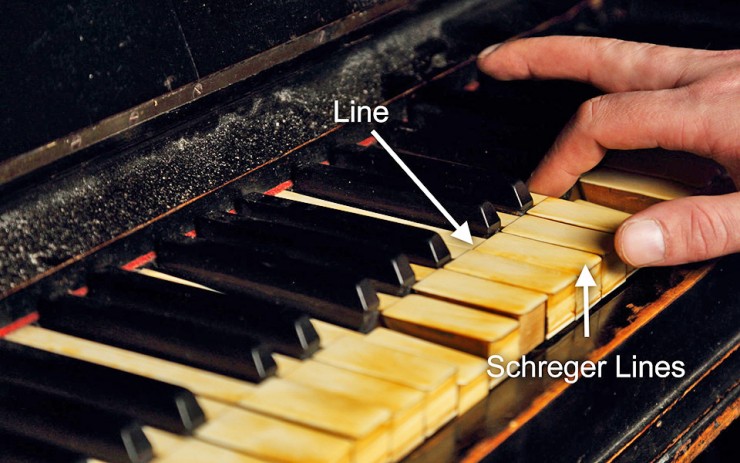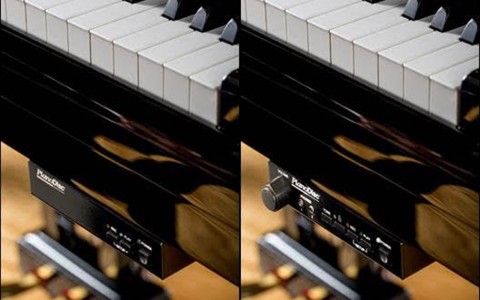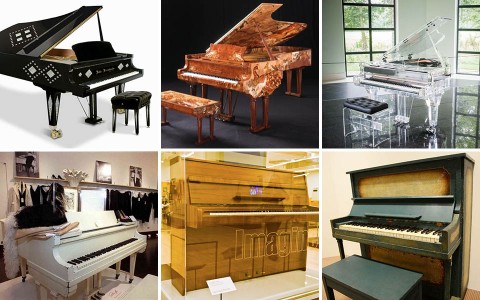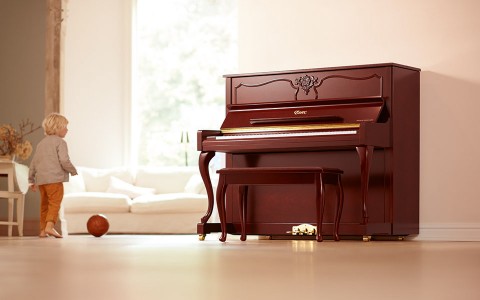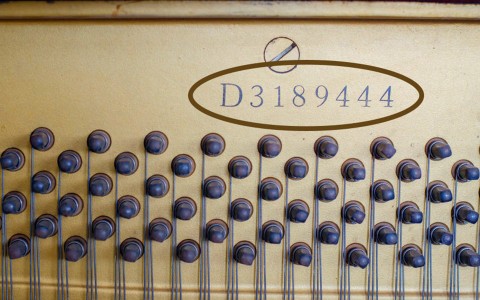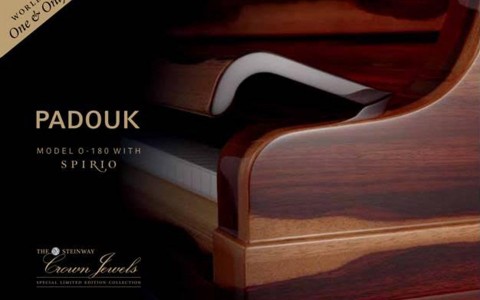There's an an old African proverb, “The elephant dies, but his tusks remain.”
Elephants are magnificent animals, but there was a time when they were exploited for their tusks, and always falling prey to the audacious tactics of men. Do you know elephant ivory was widely used to make piano keys many years ago?
This was because of its value and aesthetic quality, and its ability to absorb the fingers' perspiration. Compared to plastic keys, ivory piano keys can even help to reduce the chances of the pianist’s fingers slipping while playing.
However, since the 1950s, laws have been put in place to protect elephants. Thankfully, the use of ivory has decreased significantly since then, and piano manufacturers began to use plastic for piano keys.
If you have an old piano, and you're suspecting if its piano keys are made of ivory, here are a few ways to find out!
1. Get down to basics – learn by observing
If your piano keys are made of ivory, they will turn yellow as time goes by. You can also roughly tell the age of the ivory by its colour shade. The darker it is, the older it is. The colour also tends to vary slightly, such as creamy white to yellow-tan or yellow brown. Plastic keys, by contrast, tend to show extreme colour variations.
2. Using the needle
This is one very reliable test that has been used for the longest time. However, avoid this test if you are not agreeable to having your piano key damaged lightly! Look for a noodle with a very fine and sharp point. Place it over a flame so that it glows red hot, and then press it against the piano key. Be sure to use a spot that is least visible, in case of damage. If this manages to melt a tiny hole or make a slight dent in the key, it is definitely made of plastic. Ivory is tough, strong and very heat-resistant. Unlike plastic, it does not melt.
3. Using ultraviolet light
Look for an ultraviolet torch. Hold it above the piano keys. If you notice the keys reflect either bright white or violet-blue colours, the keys are made of ivory. Artificial material like resins or plastics will show a completely different reaction. They will simply absorb the ultraviolet light and appear dull.
4. Using a magnifying glass
Ivory piano keys were always made with three separate pieces of ivory. Two of the pieces form the top layer that the fingers hit when playing the piano. The last piece is used to make the front edge. Examine the top surface with a magnifying glass. Look for the very fine line that shows the place where two pieces were joined together.
5. Another magnifying glass test
Examine the keys closer still. Ivory keys contain natural patterns called Schreger Lines. These are patterns that exist on the ivory, not unlike fingerprints that exist on human thumbs. Schreger Lines appear as cross-hatch or diamond patterns. If no such pattern exists, the key is made of plastic or another artificial material. To examine the Schreger Lines further, measure the angles where they intersect. Mammoth ivory show angles less than 90 degrees. Elephant ivories, on the other hand, feature angles more than 115 degrees.
6. Using a professional
Lastly, you can bring a sample of your piano keys to a ivory professional. An antiques dealer who specialises in ivory is also a good option. He might use some or all of the above tests, plus his own judgement and experience, to determine if the key is made of ivory!
